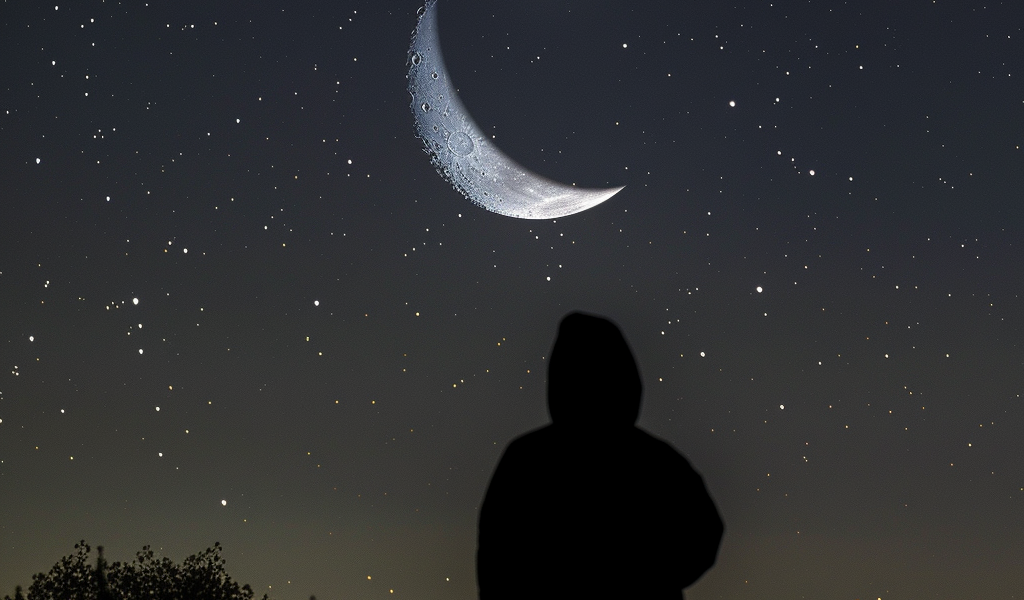As July unfolds, stargazers are in for a delightful treat as the waning gibbous moon makes a spectacular appearance alongside Saturn, the sixth planet from the sun, known for its stunning rings. This celestial event is set to happen on the nights of July 23 and 24, providing an excellent opportunity for amateur astronomers and night sky enthusiasts alike to witness this cosmic pairing.
On the night of July 23, observers are encouraged to look towards the eastern horizon just before midnight. Around 11:00 PM EDT, a 90% illuminated moon will grace the sky, positioned slightly higher and to the right of Saturn. For those eager to catch the moonrise, arriving about 30 minutes early will ensure a perfect view of this enchanting spectacle.
The following evening, July 24, offers another chance to see the moon and Saturn in close proximity. This time, the moon will be 81% illuminated and will appear lower in the sky, positioned to the left of Saturn. The moon is expected to rise around 11:00 PM EDT, although it is advisable to check local moonrise times for accuracy.
Both nights promise a stunning visual display, as Saturn and the moon will be set against the backdrop of the Aquarius constellation. From North America, the two celestial bodies will appear approximately 10 degrees apart, creating a picturesque scene for anyone looking up at the night sky.
However, the excitement doesn’t end there. Stargazers in parts of Asia and Africa will have the unique opportunity to witness an occultation, where the moon will pass in front of Saturn, causing the planet to temporarily disappear from view. This rare occurrence will be visible to those in eastern Africa, Madagascar, southern and eastern India, northwest Indonesia, and much of Southeast Asia, including China and Mongolia. For these observers, Saturn will be hidden behind the moon for several hours, creating a captivating experience.
It’s important to note that these events are merely line-of-sight illusions. The moon, which orbits Earth at an average distance of about 238,855 miles (384,400 km), will be positioned much closer to us than Saturn, which will be approximately 832 million miles (1,340 million km) away during this period. This vast distance highlights the incredible scale of our solar system and the relative positions of celestial bodies.
For those looking to enhance their stargazing experience, having the right equipment can make all the difference. The Celestron Astro Fi 102 is highly recommended for beginner astronomers eager to explore the wonders of the night sky. This telescope offers a user-friendly experience, allowing enthusiasts to easily locate and observe planets, including the magnificent Saturn.
As the nights of July 23 and 24 approach, make sure to mark your calendars and prepare for an unforgettable evening under the stars. Whether you’re an experienced astronomer or a casual observer, the conjunction of the waning gibbous moon and Saturn is an event not to be missed. Grab your telescope, find a dark spot away from city lights, and enjoy the beauty of our universe.
Stay tuned for more updates on celestial events and other exciting news from the world of space exploration. The night sky is full of wonders waiting to be discovered!





